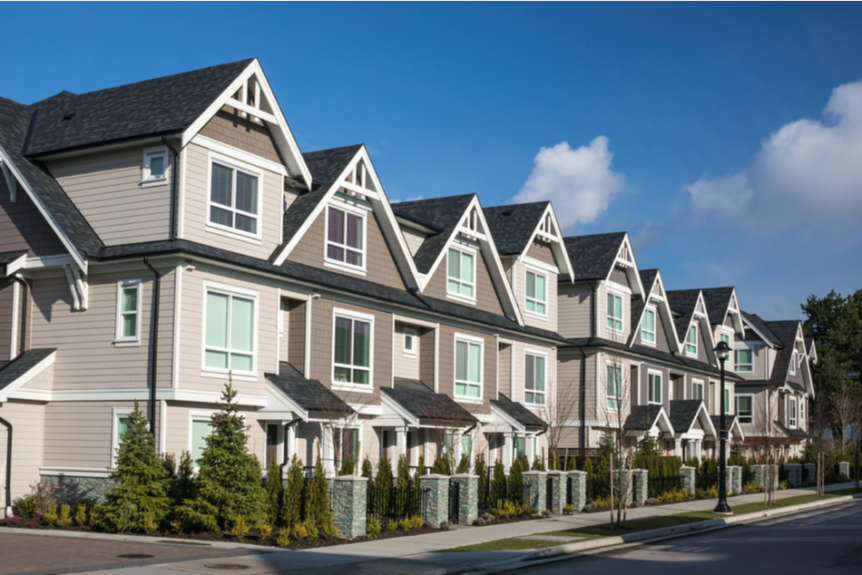Is it a condominium or freehold property? It’s sort of both. You own the land and buildings of a freehold property. In a condominium, you would normally have ownership (and the exclusive use) of a unit, as well as a proportionate share in and the right to use the common elements along with the other owners. In a typical high-rise condominium complex, the units are apartments and the common elements consist of the hallways, entranceways and other common areas.
The expression “freehold condo” is usually a reference to a common elements condominium development. Instead of a freehold parcel of land fronting on a municipal road, this type of development is most commonly a freehold parcel fronting on a common elements condominium road or laneway. The parcel of land is a freehold parcel tied to a common elements condominium (referred to as a “parcel of tied land” or “POTL” in agreements of purchase and sale and condominium disclosure documents). Unlike standard condominiums which have units and common elements, common elements condominiums have POTLs and common elements, but no units. The condominium common elements could include any number of amenities such as a swimming pool or even a golf course, but most often they are just a private road and some landscaped areas. Some of the differences between a freehold parcel and a POTL are:
- each POTL owner has an interest in a condominium corporation and must pay common expenses and abide by the rules and regulations of the condo corporation;
- the private condominium road will be maintained by the condominium corporation rather than the municipality, and garbage, recycling and snow removal may have to be arranged by the corporation as well, all of which contributes to the condo fees;
If you are purchasing a POTL, remember to arrange fire insurance. Condominium corporations are required to insure the units and common elements. POTLs will not be insured against fire or other perils by the condominium corporation, because they are freehold parcels and not condominium units.
Care should be taken when purchasing more than one POTL in a development. POTLs are usually part of a larger lot or block on a plan of subdivision and are created as separate parcels by a part lot control exemption by-law. These by-laws invariably expire within a few years of registration of the condominium. After the applicable by-law expires, adjoining POTLs owned by the same person will merge in title and cannot be sold or mortgaged separately without a new by-law or a severance, both of which are costly and time-consuming.
If you’re looking for help with a freehold condo or any other property, get in-touch with us!


